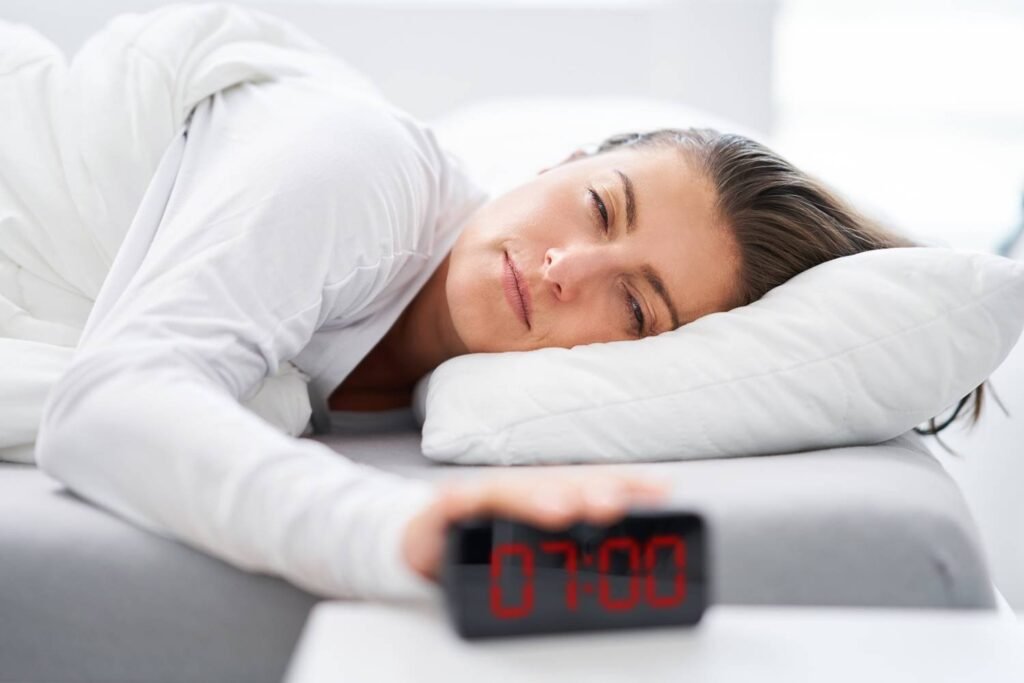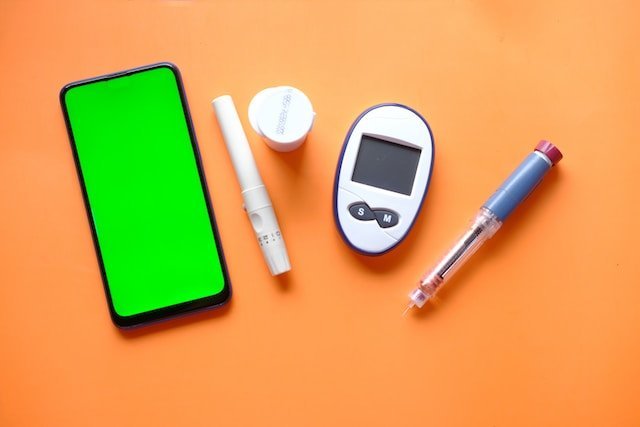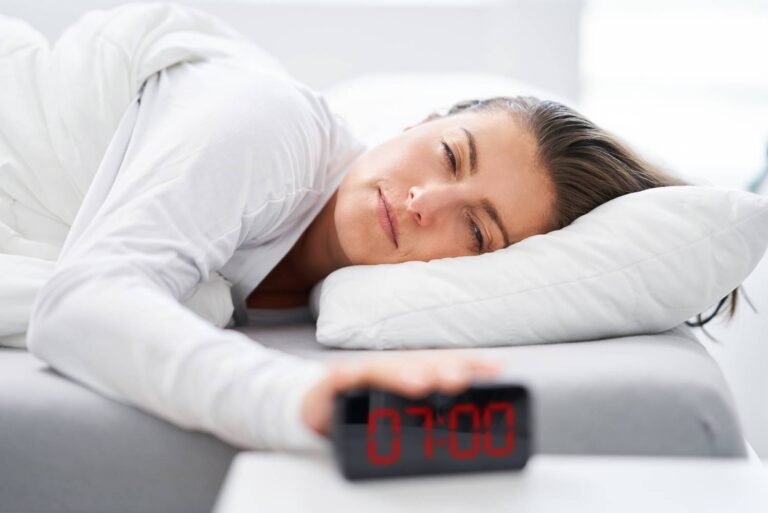When the weather outside gets cold and blustery, your eyes take a beating right along with your skin. In fact, eyes are among the most sensitive organs impacted by winter’s harsh effects. Plunging temperatures, whipping winds, and arid indoor heat cause dryness, irritation, and strain if you’re not diligent. But have no fear – a few deliberate daily habits easily shield your vision and nourish your peepers season after season. lets learn in details about How to Take Care of Eyes in Winter.
How Winter Weather Impacts Eyes
To understand how to support eyes properly during winter, let’s explore what exactly happens when the temperatures drop. Cooler fall air initially provides refreshing relief from summer’s UV glare. By winter though, drastically plummeting humidity strips moisture from the tear film protecting your eyes. Dry spots develop on the cornea causing soreness and visual distortion if left unchecked.
Additionally, winter sun reflecting off snow or ice intensifies exposure. Sun rays bombard eyes at higher altitude angles than summertime with more concentrated UV damage risk. Vision clarity suffers from straining to see roadways and terrain covered in fog, sleet or freezing rain too.
Even seemingly innocent actions like dashing about holiday shopping expose eyes to abrupt indoor and outdoor temperature shifts. Moving from overheated stores to icy cold sidewalks triggers inflammation. Rubbing tired burning eyes exacerbates redness instead of relieving strain. Ultimately months spent squinting against bright reflective light, focusing through dense stormy conditions, and adjusting to dry air takes a toll. But proactively caring for your eyes all season long prevents weather-related woes!
Shielding Eyes Against Outdoor Elements
Anytime you head into blustery winter conditions, be sure to equip eye protection. More than defending vision, quality eyewear prevents painful seasonal issues like styes, corneal abrasions, and chapped eyelids in the first place. Follow these tips when braving the elements:
Choose wraparound style frames in wearable anti-glare lenses blocking 100% UV light – both UVA and UVB rays. Stylish options like retro cat eyes, sporty shields or classic aviators suit both sexes. Seek out impact-resistant polycarbonate plastic, shatterproof Trivex or thin durable mid-index lenses providing sturdy insulation too.
Add side shields, deeper frames or flexible foam inserts preventing wind pushing air, debris and reflected sunlight behind the frames to strike eyes directly. Secure wraparound head straps or neck cords if participating in sports like skiing or snowboarding where glasses easily dislodge.
Go bigger with lens size and curvature fully enclosing eyes and tender surrounding tissue. Avoid tiny glasses letting moisture escape and light glaring in. Trendy oversized soft squares, rounds or ovals protect better. Consider prescription inserts or contacts for those already needing vision correction.
Always have amber tinted or polarized options handy when driving, skiing or playing winter sports. These reduce glare and increase definition in bright or whiteout conditions. Keep multiple pairs on hand to rotate reducing buildup of oils, makeup and debris irritating eyes over time.
Blinking Consistently and Correctly: How to Take Care of Eyes in Winter
The simple act of blinking distributes tears evenly across eyes for lubrication and clarity. Each time you blink the eyelid glides over pupils dispersing stale tears while gland secretions refresh the surface. Consistently blinking around 15 times per minute prevents uncomfortable dry spots from lingering too long at any one position.
Avoid staring screens, driving long distances, or intently focusing tasks forcing you to subconsciously blink less frequently. Set alerts on watches or phones to remember glancing away allowing natural refreshment every 20 minutes if engaged intensely.
Complete each blink fully squeezing eyes shut instead of only partially closing for a split second. Do this several times in rapid succession after waking and before bed to cleanse eyes while strengthening lid muscles. Infuse added relaxation by including shoulder rolls for tension release. Deep breathing further soothes any eye strain when done regularly.

Troubleshooting Annoying Winter Eye Woes
Beyond UV damage risk, winter weather notoriously aggravates several temporary seasonal eye conditions. With knowledgeable handling at home though, most resolve without issue. Here’s how to identify and manage three common seasonal annoyances:
Dry eyes feel sandy or gritty, sting slightly or struggle focusing steadily. Lack of humidity is the main cause.Use thicker preservative-free lubricating drops as needed until indoor heat kicks on. Choose moisturizing brands like Refresh Optive, Systane Gel or Vita-Pos Gel for lasting relief and rewetting.
Styes are tender red bumps appearing along the eyelid edge caused by oil glands clogging. Applying warm compresses 3-4 times daily helps ease swelling until drained. Very gently massage the area after heat application only if extremely sore. Avoid pinching or popping to prevent infection.
Allergy shiners cause dark circles under eyes reacting to winter irritants like dust mites, low humidity and indoor allergens. Antihistamine eye drops followed by cool cucumber slices or chilled tea bags reduce puffy shadows and inflammation short term while avoiding triggers long term.
When discomfort lingers for over 1-2 weeks despite home support, seek your eye doctor’s advice to rule out other issues like vitamin deficiency, fungal infection or blepharitis which require medicated ointment for shutting down irritation.
Busting Blue Light and Digital Strain: How to Take Care of Eyes in Winter
Letting your eyes relax is just as important as shielding them before heading back online or indulging favorite streaming shows. The blue wavelengths in device light scatter more intensely demanding extra focusing strength. Digital eyestrain then intensifies existing dryness after hours glued to bright screens.
Give eyes routine screen breaks by adhering to the 20/20/20 rule – for every 20 minutes staring at phones, tablets, computers or TVs, look away focusing on objects at least 20 feet in the distance for 20 seconds to relieve visual fatigue. Downloading apps prompting posture stretches are another great reminder to blink and glance away preventing strained eyes.
Also be sure your workspace lighting equals screen brightness and experiment with anti-reflective blue light blocking screen filters or computer glasses with a hint of magnification if older. Position screens below eye level to prevent awkward neck strain. Display font size, backlight levels and device night shift settings tailored for reading comfort ease adapting eyes further. The right lighting conditions, seating ergonomics and screen settings make digital work and chilling out far kinder on vision.
Nourishing Eyes Properly from the Inside
A well balanced diet containing key antioxidants fuels vibrant eye health shielding delicate tissues against deterioration. Critical nutrients supporting everything from glare recovery speed to color perception, night vision, cataracts, macular health and even dry eye include:
Vitamin C – Citrus fruits, dark leafy greens, strawberries and peppers help manufacture collagen fibers comprising supportive optic tissues protecting the eyes.
Vitamin E – Nuts, seeds, avocado, trout, spinach and olive oil safeguard eye membranes from free radical damage while improving tear production and lubrication.
Vitamin A – Sweet potatoes, carrots, squash, apricots, eggs and fortified milk build protective pigments reducing eye infection risks and improving night vision.
Lutein and Zeaxanthin – Deep orange or green veggies like kale, corn, broccoli, squash and melon concentrate heavily in the retina shielding against harmful UV blue light that causes eye strain.
Zinc and Omega 3s – Beef, nuts, legumes, flax, salmon and eggs promote clear vision while fighting macular degradation and dry eye syndrome.
Surface drops simply treat symptoms but eating well and taking targeted supplements build lasting resilience against eye issues in winter and long term.

When to Visit Your Eye Doctor
Most minor seasonal eye irritations resolve once weather shifts or respond well to conservative home treatment. But seek professional guidance immediately if you experience:
- Sudden vision changes like dimming, distortion or light flashes
- Haziness accompanied by severe pain lasting over 48 hours
- Foreign matter trapped under the eyelid unable to flush out at home
- Known eye injury from chemicals, burns or blunt trauma
- Bulging of one eye indicating increased eye pressure
- Recurring symptoms every winter needing prescription strength medication
While handling redness or dry spells at home suffices short term, annual eye exams ensure corneas stay shaped for proper focusing plus screen for preventable diseases like glaucoma or macular degeneration before vision falters. Discuss lifestyle concerns too like nutrition questions or blue light exposure reduction during yearly visits.
Stay proactive safeguarding precious eyes all winter by only venturing out wearing durable protective frames, being vigilant resting eyes between digital scrolling sessions, and fueling your body with supportive vitamins and minerals daily. Couple smart exposure reduction habits with managing transient seasonal annoyances judiciously at home when they strike. Prioritize prevention through early intervention if symptoms worsen or linger beyond 10-14 days. With deliberate care all season long, your sparkling eyes stay clear, comfortable and resilient no matter what winter weather comes your way!
Learn here – How to take care of your skin in winter






















